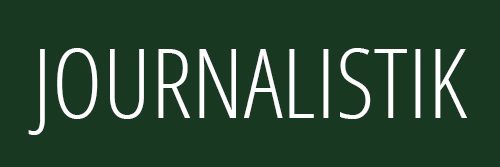The top ten of book journalism Recommendations for books by journalists
By Fritz Hausjell and Wolfgang R. Langenbucher | The idea of selecting and presenting the best books written by journalists is a project of the Institute for Journalism and Communication Studies at the University of Vienna, co-founded by Hannes Haas (1957-2014) and compiled by Wolfgang R. Langenbucher and Fritz Hausjell. The project published its first recommendation list in 2002 in the quarterly journal Message, founded by Michael Haller. After the journal’s discontinuation, the selections were doc- umented in the magazine Der österreichische Journalist [The Austrian Journalist] starting in 2015. In 2020 and 2021 the publication of the recommendation list had to be temporarily suspended due to the Covid-19 pandemic. It found its new home, Journalism Research, in 2022.

